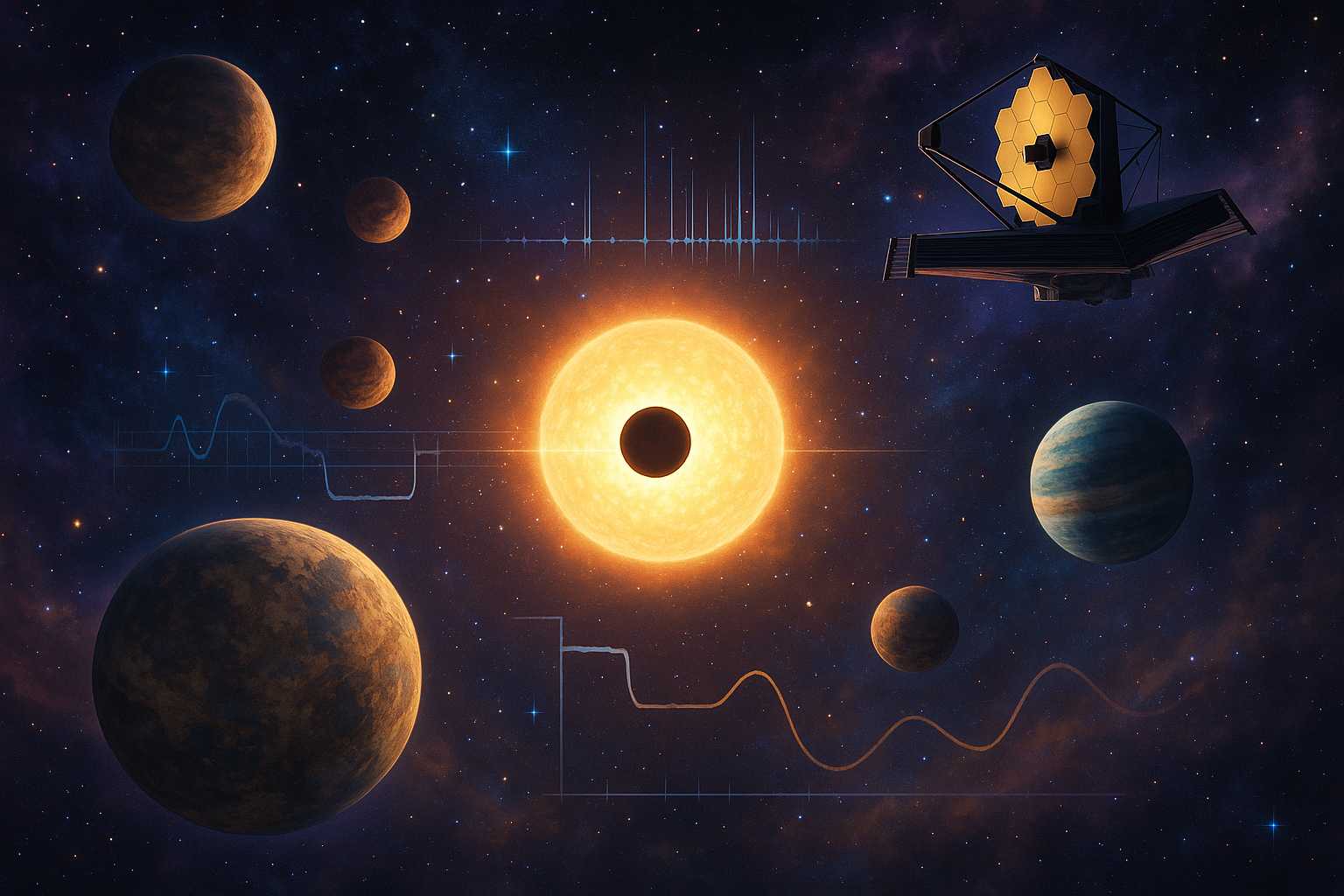As astronomers, we have long gazed at the night sky and wondered: Are we alone? In recent decades, the search for exoplanets—planets orbiting stars beyond our Sun—has transformed from science fiction into a thriving scientific field. Let’s explore how astronomers detect these distant worlds and what we’ve learned so far about the potential for other Earth-like planets.
The First Detections and Modern Techniques
The first confirmed detection of an exoplanet around a Sun-like star came in 1995. Since then, we’ve developed several ingenious methods to find thousands more. The two most prolific techniques are:
- Transit Method: When a planet passes in front of its star, a tiny dip in the star’s brightness occurs. Space telescopes like Kepler and TESS have monitored countless stars, capturing these subtle dimmings to reveal exoplanets.
- Radial Velocity Method: A star and its planet exert gravitational tugs on each other. By observing the star’s spectrum, we can detect periodic shifts in its light caused by these tiny movements—evidence of an orbiting planet.
Other advanced methods, such as direct imaging and gravitational microlensing, contribute to discoveries, particularly for larger or more distant planets.
Diversity of Discovered Exoplanets
The exoplanet catalogue is astonishingly diverse. We’ve found ‘hot Jupiters’—gas giants orbiting perilously close to their stars—and ‘super-Earths,’ rocky planets somewhat larger than our own. Some systems, like Trappist-1, even boast multiple Earth-sized worlds in their habitable zones, where liquid water could exist.
Searching for Earth 2.0
Perhaps the most compelling goal is finding planets like our own: rocky worlds with temperate climates, capable of supporting life. The James Webb Space Telescope (JWST) is now pioneering the study of such worlds’ atmospheres, searching for chemical signatures like oxygen and methane. While no twin of Earth has been confirmed, our understanding of planetary systems continues to deepen with every discovery.
The Future of Exoplanet Research
Upcoming missions and next-generation telescopes—both ground- and space-based—promise to push the frontier even further. Each new world widens our perspective, offering tantalizing clues about the formation of planetary systems and the possible ubiquity of life itself in our galaxy.
Stay tuned as we continue to unlock the secrets of the universe, one exoplanet at a time.


Leave a Reply